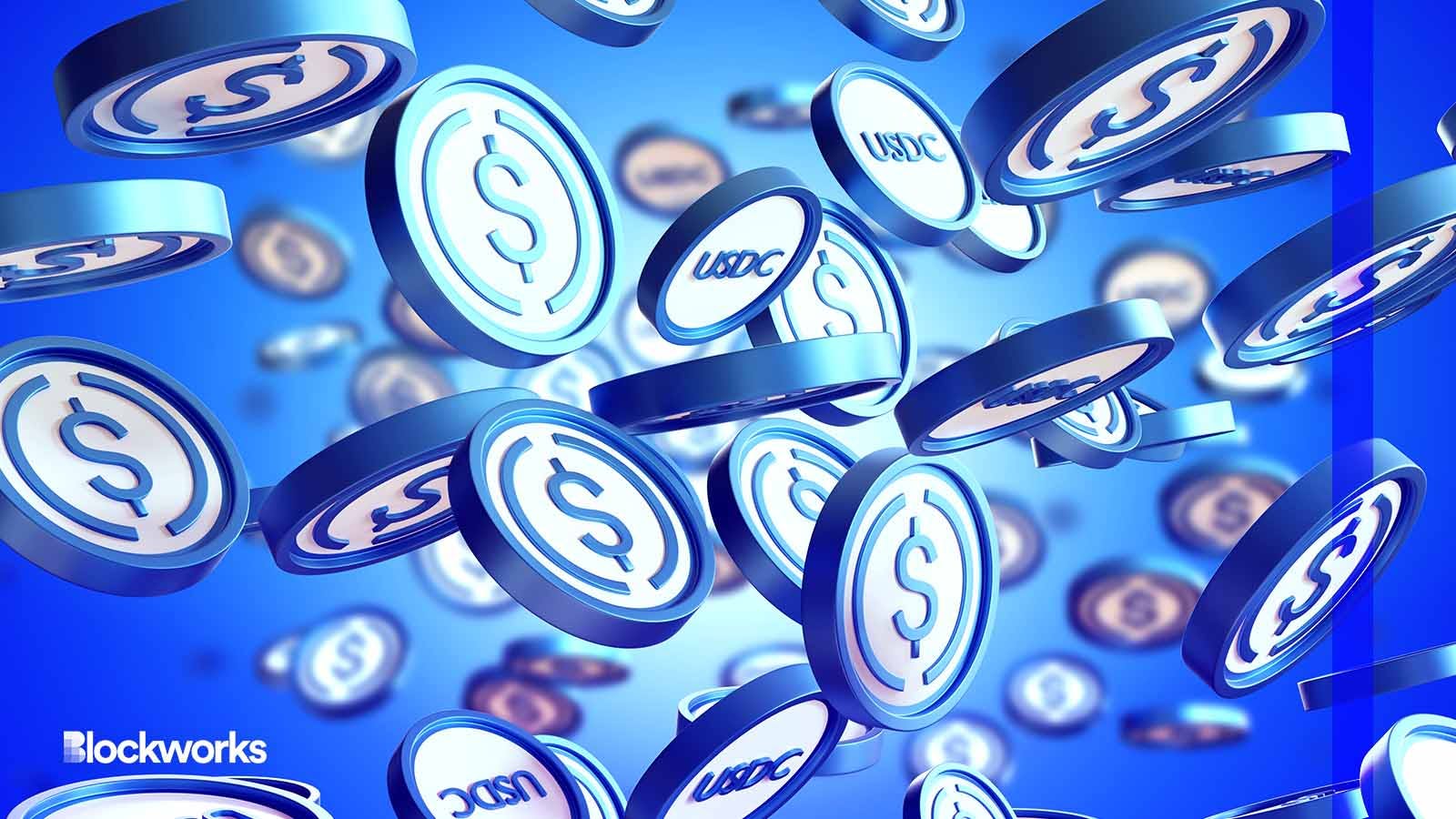USDC Transfers Between Ethereum and Avalanche Just Got More Secure
Circle’s burn-and-mint mechanism seeks to reduce the need for synthetic assets, improving liquidity and user experience across chains

FOTOGRIN/Shutterstock modified by Blockworks
Circle, the issuer of USDC, announced on Wednesday that it is making its permissionless cross-chain transfer protocol (CCTP) available to developers building on Ethereum and Avalanche. As a result, USDC can now be transferred more securely and efficiently between the two chains using Circle’s burn-and-mint mechanism, as opposed to the traditional lock-and-mint approach.
Apps that embed the CCTP in their code will now enable users to burn their USDC on the source blockchain, then mint it on the chain to which they’re transferring the funds. Because it’s permissionless, the company says that developers can build on top of the CCTP and deliver new use cases, such as digital asset swaps, deposits on decentralized exchanges and buying NFTs across Ethereum and Avalanche, according to a statement from Circle.
A number of developers have already integrated the CCTP, which was discussed on Blockworks’ 0xResearch podcast in March. It is currently used by wallets and infrastructure providers, including Celer, Hyperlane, LayerZero, LI.FI, MetaMask, Multichain, Rarimo, Router, Socket, Wanchain and Wormhole, according to a blog post written by Circle’s vice president of product, Joao Reginatto.
Reginatto added that lock-and-mint bridging was the standard before this idea of burn and mint. This caused “a proliferation of synthetic USDC assets,” he wrote, noting that these synthetic tokens “resulted in fragmented liquidity, security risks due to large amounts of the native asset locked on-chain, and confusing developer and end-user experiences.”
Blockworks Research Senior Analyst Sam Martin said that billions of dollars have been lost as a result of bridge hacks, which he said usually involves lock-and-mint bridging solutions. “The larger the dollar value locked on the source chain, the larger the incentives are for hackers to figure out how to exploit the bridge’s contracts.”
Martin added that the CCTP “is a much safer mechanism for moving value across chains, and should result in less fragmented liquidity across various DeFi ecosystems.”
Get the news in your inbox. Explore Blockworks newsletters:
- The Breakdown: Decoding crypto and the markets. Daily.
- 0xResearch: Alpha in your inbox. Think like an analyst.






